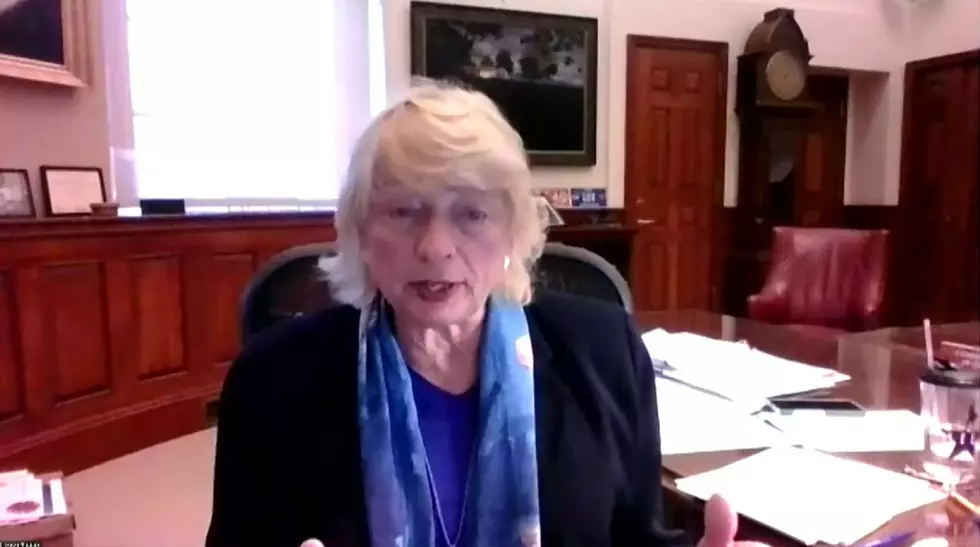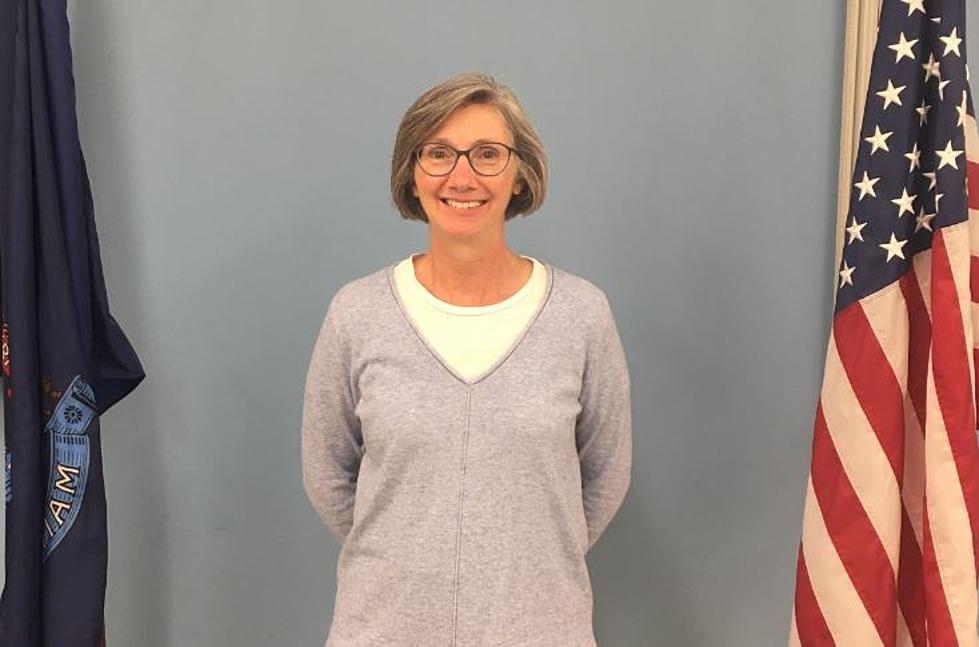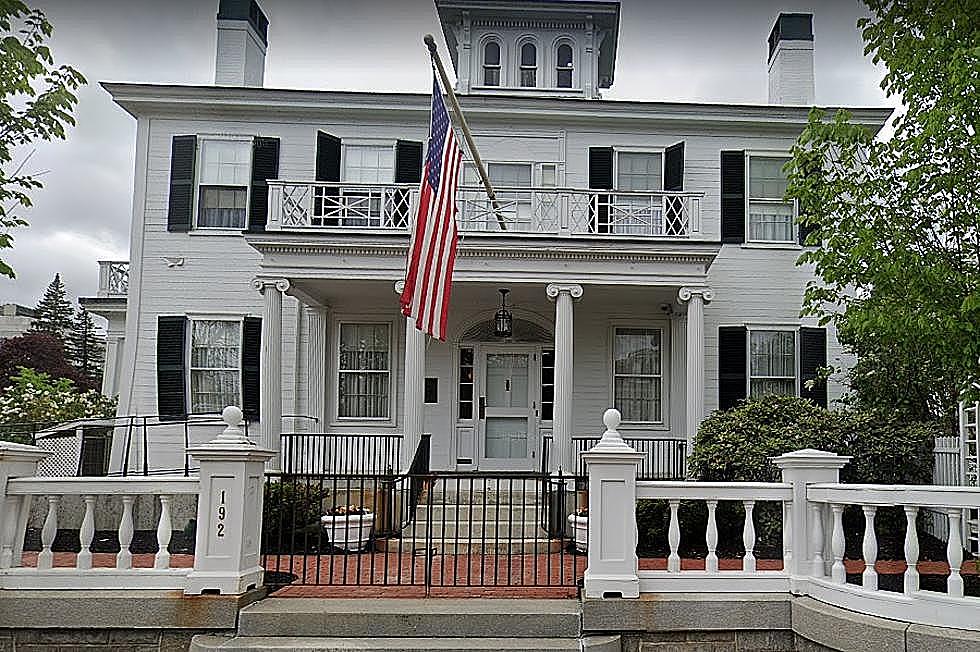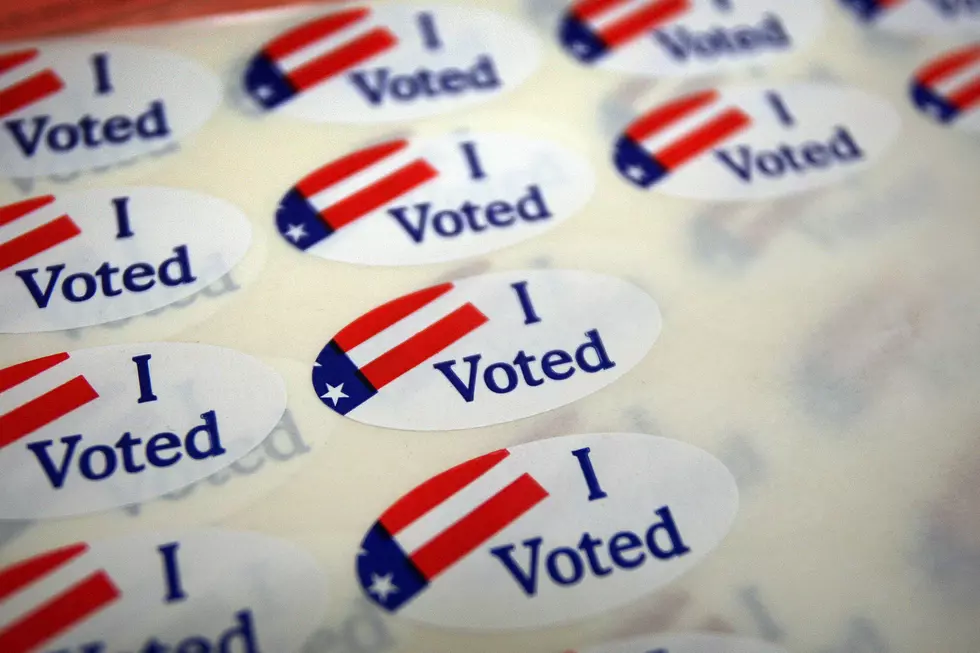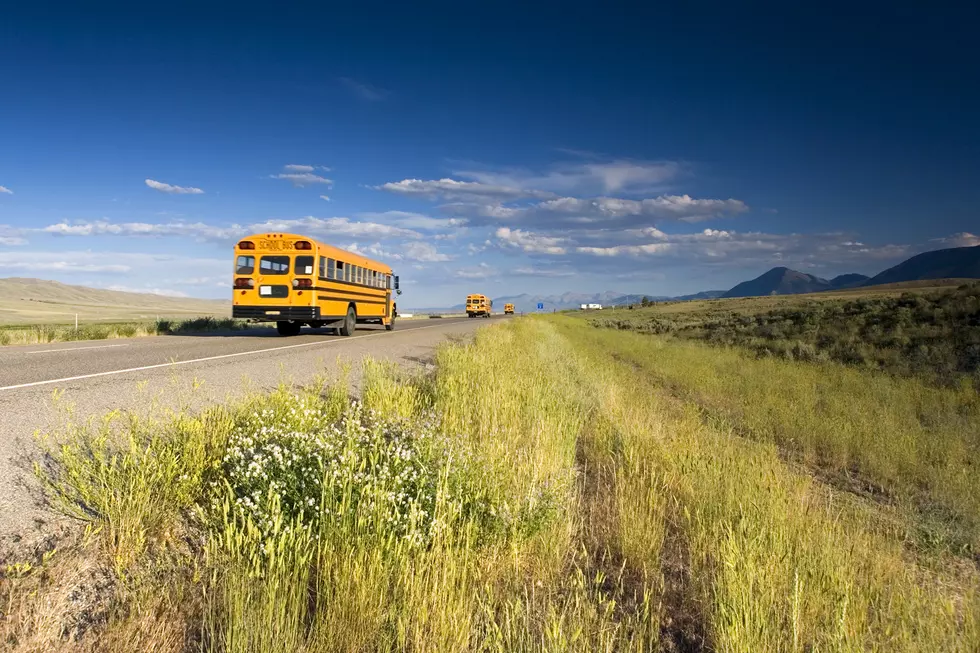
Governor Mills Proposes Historic Education Funding Boost
PORTLAND, Maine (AP) — Thanks to a forecast for healthy economic growth, Gov. Janet Mills on Wednesday proposed increasing the state’s share of primary education costs to 55% — meeting a goal established in a voter referendum more than 15 years ago.
The education spending boost, which would help schools while easing local property tax burden, is part of the governor’s supplemental budget proposal that builds on the budget already approved.
“Our economy is on track for a strong recovery. It’s time then to fully fund education,” the governor told reporters via Zoom.
The proposal includes $187 million to meet the state’s obligation to pay 55% of local K-12 education costs for the first time.
“With this historic announcement, Gov. Mills fulfills a long overdue promise to Maine students and schools — and to the communities they serve,” said Education Commissioner Pender Makin, who called it “a bold and unprecedented commitment of funding.”
The proposal comes more than a month after the Democratic-controlled Maine Legislature approved an $8.3 billion budget without Republican support. Mills promised at the time that there would be a second part that took into account revenue projections and federal stimulus money for the state.
Last month, the revenue forecasting committee projected the state will end the current fiscal year with a surplus of more than $460 million. And Mills said the strong revenues are projected to continue.
Her supplemental budget complements the governor’s Maine Jobs and Recovery Plan, funded through federal stimulus money, and a $140 million bond proposal for transportation improvements and land conservation.
Unlike the budget, adopted with a majority vote, the new proposal would require a two-thirds majority to take effect when the new fiscal year begins.
The supplemental budget proposal includes $151 million for MaineCare to expand dental care for adults, increase payments to health providers, and more than $100 million for programs that help hospitals and care facilities.

For education, it also includes $47 million for higher education, $20 million to boost grants for undergraduate students, and $50 million for the school revolving renovation fund.
It also would add $52 million to the rainy day fund, boosting it to nearly $320 million, the highest level in state history.
In Pictures: What Education Looks Like Around the World During a Pandemic
More From



